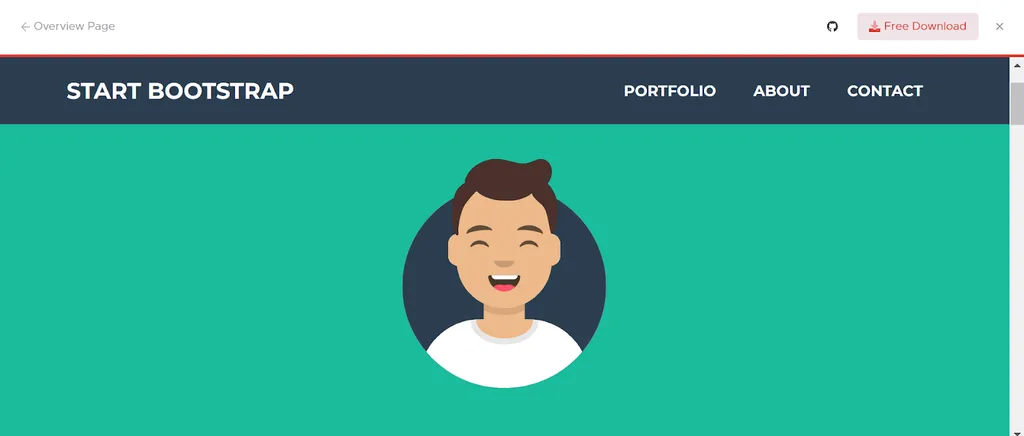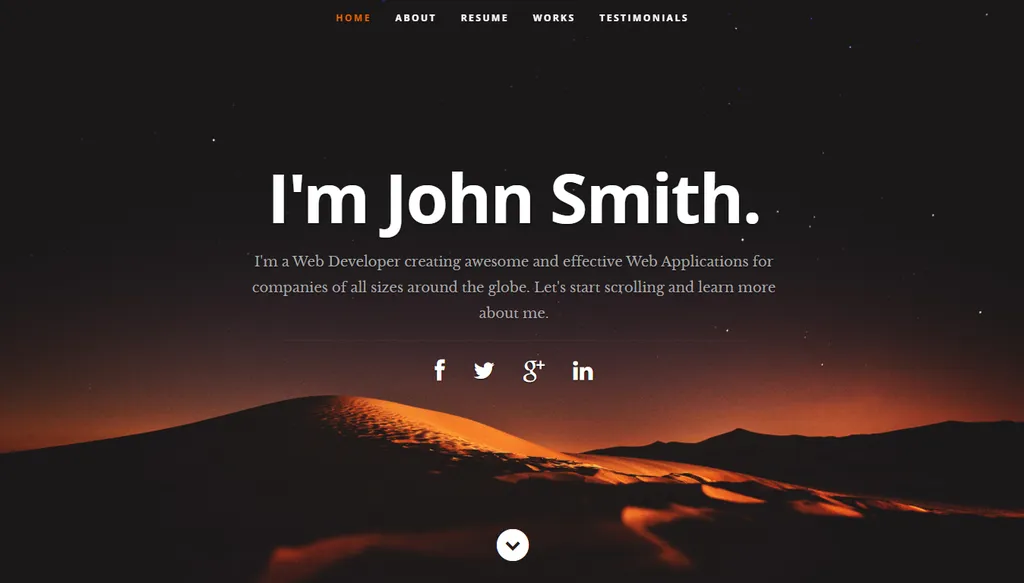Crafting a compelling online presence is critical, especially when showcasing your creative work. Your portfolio is often the first interaction potential clients or employers have with you. It needs to grab attention, communicate your skills, and leave a lasting impression. Thats where the best portfolio templates come in handy. Instead of starting from scratch, these pre-designed structures offer a solid base, saving you time and resources while ensuring a professional and polished look. But with so many options available, how do you choose the right one? Lets dive in.
Understanding the Power of Templates
Why opt for a template instead of building a website from the ground up? The benefits are numerous. Templates offer a significant head start, providing a framework for your content and design. This means you can focus on what truly matters showcasing your projects and tailoring the template to match your unique brand.
Think of a template as a well-organized canvas. It provides the structure, layout, and basic design elements, allowing you to paint your masterpiece without worrying about the foundational elements. Moreover, templates are often designed with user experience in mind, ensuring your website is easy to navigate and visually appealing. They act as a springboard, allowing you to jump straight into customizing and personalizing your digital presence.
Selecting the Right Portfolio Template
The ideal template depends heavily on your specific needs and artistic style. Are you a photographer looking to display high-resolution images? Or perhaps a writer who wants to highlight textual content? Here are some key considerations to help you narrow down your options –
-
Industry Alignment – Certain templates are designed with specific industries in mind. A template geared towards graphic designers, for instance, will likely prioritize visual presentation and animation, while one for writers might emphasize readability and clean typography.
-
Customization Options – How much control do you want over the design? Some templates offer extensive customization options, allowing you to tweak every aspect of the layout, colors, and fonts. Others are more restrictive, providing a more streamlined, but less flexible, experience.
-
Responsiveness – In todays mobile-first world, responsiveness is non-negotiable. Make sure the template adapts seamlessly to different screen sizes, providing a consistent experience across desktops, tablets, and smartphones. A template that looks great on a laptop but is clunky on a phone simply wont cut it.
-
Features and Functionality – Consider the features you need. Do you require a built-in blog? An e-commerce section to sell your work? A contact form? Many templates come with these features integrated, saving you the hassle of adding them later.
-
SEO Friendliness – A visually stunning website is useless if no one can find it. Look for templates that are optimized for search engines, with clean code, fast loading speeds, and support for metadata.
Showcasing Your Best Work with Excellent Templates
Once youve chosen a template, the real work begins – populating it with your projects. Here are a few tips to create a captivating portfolio –
-
Curate Your Content – Dont include every single project youve ever worked on. Instead, select your strongest pieces that best represent your skills and style. Quality over quantity is key.
-
Tell a Story – Each project should tell a story. Provide context, explain your role, and highlight the challenges you overcame. This adds depth and personality to your portfolio, making it more engaging for visitors.
-
Use High-Quality Visuals – Images are crucial for capturing attention. Use high-resolution photos, videos, and illustrations to showcase your work in the best possible light.
-
Optimize for Speed – Website speed is a critical factor for user experience and search engine rankings. Optimize your images and videos to reduce file sizes without sacrificing quality.
-
Call to Action – Make it easy for visitors to contact you or learn more about your services. Include clear calls to action, such as “Get in Touch” or “View More Projects”.
Examples of Compelling Portfolio Templates
Several platforms offer an array of best portfolio templates, each with its unique strengths. WordPress, with its vast ecosystem of themes and plugins, provides unparalleled customization options. Squarespace offers a more streamlined and user-friendly experience, ideal for those who prefer a drag-and-drop interface. Platforms like Behance and Dribbble are also excellent sources of inspiration, although they may not offer the same level of control as a dedicated website.
Final Thoughts
Selecting the right portfolio template is a crucial first step in creating a winning online presence. By understanding your needs, considering the factors discussed above, and taking the time to customize your template effectively, you can create a website that truly represents your skills and helps you achieve your goals. Remember, your portfolio is more than just a collection of projects; its a reflection of your brand and your passion. Choose wisely and let your work shine.



